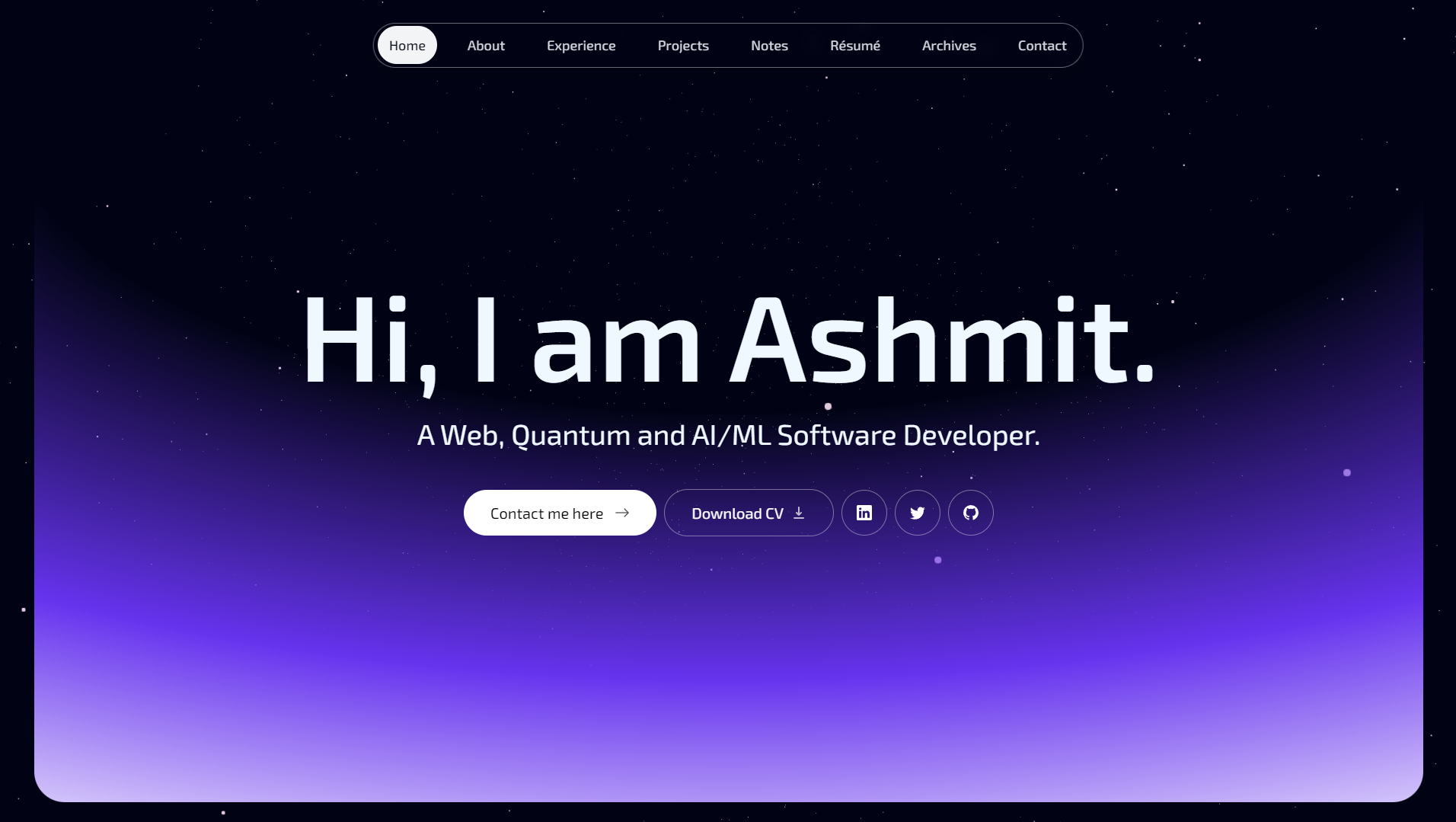Exploring the Basics of Xanadu Pennylane AI and Differential Quantum Programming
 Ashmit JaiSarita Gupta
Ashmit JaiSarita Gupta
In recent years, quantum computing has emerged as a revolutionary field with the potential to solve complex problems that are beyond the capabilities of classical computers. Quantum computers leverage the principles of quantum mechanics to perform computations that can provide breakthroughs in various domains such as cryptography, optimization, and material science. Xanadu, a leading quantum computing company, has developed Pennylane AI, a powerful tool for quantum programming that utilizes the concept of differential programming to harness the capabilities of quantum computers. In this article, we will delve into the basics of Xanadu Pennylane AI and explore the intriguing world of differential quantum programming.
Understanding Quantum Computing
Before we dive into the specifics of Pennylane AI and differential quantum programming, let's first grasp the fundamental concepts of quantum computing.
Quantum bits, or qubits, are the basic units of information in quantum computing. Unlike classical bits, which can either be 0 or 1, qubits can exist in a superposition of both states simultaneously. This property allows quantum computers to process a vast amount of information in parallel, making them incredibly powerful for certain types of computations.
Entanglement is another crucial quantum phenomenon. When qubits become entangled, the state of one qubit becomes dependent on the state of another, regardless of the distance between them. This phenomenon enables quantum computers to perform operations that classical computers can't replicate efficiently.
If you are completely new to the field of quantum computing, you may read my blog 'Getting Started with Quantum Computing Using PennyLane and Xanadu Codebook', which I published last year when I got started with it. I have covered how can one learn the fundamentals of quantum mechanics, and linear algebra, and get started with quantum computing.
Introduction to Xanadu Pennylane AI
Xanadu is a forefront quantum computing company that has developed Pennylane AI, a versatile open-source software library for quantum machine learning and quantum computing. Pennylane AI provides a user-friendly interface to design, simulate, and optimize quantum circuits on various quantum computing hardware platforms.
Differential Quantum Programming: Bridging Quantum and Machine Learning
Differential programming is a technique that combines the principles of machine learning with quantum computing. At its core, it involves calculating gradients of quantum circuits, which helps in optimizing the parameters of these circuits. This concept is particularly powerful when dealing with noisy intermediate-scale quantum (NISQ) devices, where errors in quantum computations are common due to hardware limitations.
Differential quantum programming, as enabled by Pennylane AI, allows users to efficiently compute gradients of quantum circuits. These gradients provide information about how small changes in the circuit's parameters affect its output. By analyzing these gradients, it becomes possible to optimize quantum circuits for specific tasks.
Key Features of Pennylane AI
Pennylane AI offers a range of features that make it a valuable tool for quantum programming:
Gradient-Based Optimization: Pennylane AI enables the optimization of quantum circuits using gradient-based techniques, enhancing the efficiency of quantum algorithms.
Quantum Machine Learning: The library facilitates the integration of quantum circuits with classical machine learning frameworks, opening the door to hybrid quantum-classical algorithms.
Flexibility: Pennylane AI supports various quantum hardware platforms, allowing users to experiment with different devices and simulators.
Quantum Circuit Construction: Users can construct complex quantum circuits using a simple and intuitive syntax, making it accessible to both beginners and experts.
Community and Resources: Xanadu has fostered a strong community around Pennylane AI, providing tutorials, documentation, and support to help users grasp the concepts and make the most out of the library.
Getting Started with Pennylane AI
To get started with Pennylane AI, follow these steps:
Installation: Before we begin, you'll need to have Python installed on your system. Once you have Python set up, you can install Pennylane AI using pip, a package manager for Python. Open your terminal and run the following command:
pip install pennylane --upgrade pip install pennylane-qiskitThese commands install the core Pennylane library as well as the qiskit plugin, which allows Pennylane to interface with IBM's quantum hardware and simulators. For a more detailed installation guide and compatibility information, you can refer to the Pennylane Installation Documentation.
Construct Quantum Circuits: Begin by constructing simple quantum circuits using the provided syntax. Pennylane AI supports a wide range of quantum operations and gates. Here is the famous quantum "Hello World" example: creating a quantum state that represents both 0 and 1 simultaneously.
import pennylane as qml # Create a quantum device dev = qml.device("default.qubit", wires=1) # Create a quantum function @qml.qnode(dev) def quantum_circuit(): qml.Hadamard(wires=0) return qml.state() # Execute the quantum circuit result = quantum_circuit() print("Quantum state:", result)In this example, we've defined a simple quantum circuit with one wire (qubit). We've applied a Hadamard gate to create a superposition of states. The
qml.state()function returns the quantum state of the qubit.Start exploring further with Xanadu Quantum Codebook and Pennylane AI documentation.
Optimization: One of the powerful features of Pennylane AI is its ability to optimize quantum circuits using gradient-based methods. This optimization process enhances the performance of quantum algorithms. Utilize gradient-based optimization techniques to fine-tune the parameters of your quantum circuits for specific tasks.
Integration with Machine Learning: Explore the integration of quantum circuits with classical machine learning algorithms, creating hybrid models that harness the strengths of both paradigms.
Experimentation: Experiment with different quantum hardware platforms and simulators to observe the behavior of your circuits under various conditions.
The Future of Quantum Programming
As quantum computing technology advances, the capabilities of tools like Pennylane AI are set to grow exponentially. Differential quantum programming not only makes quantum computing more accessible but also paves the way for innovative applications in various domains, from optimizing complex systems to enhancing machine learning models.
In conclusion, Xanadu's Pennylane AI and the concept of differential quantum programming offer an exciting avenue for quantum enthusiasts and researchers to explore the world of quantum computing and its integration with machine learning. With its user-friendly interface and powerful capabilities, Pennylane AI is a valuable tool that empowers individuals to design, simulate, and optimize quantum circuits with ease. As we continue to unlock the potential of quantum computing, tools like Pennylane AI will play a pivotal role in shaping the future of technology and scientific discovery.
Know the Author
I am Ashmit JaiSarita Gupta, an engineering physics undergraduate at the National Institute of Technology Hamirpur. I am passionate about Quantum Computing, Machine Learning, UI/UX, and Web Development. About two years ago, when I first discovered the field of Web Development and Quantum Computing, it totally amazed me and I have been dedicating my education to them ever since. Over the past two years, I have dedicated a considerable amount of time and effort to learning and developing skills in these fields by taking various online courses, reading different articles, making several projects, and being involved in various research internships and mentorship programs. Fast forward to today, I am currently researching QUBO Relaxation Parameter Optimisation using a Learning Surrogate Solver (QROSS). Visit my portfolio website to learn more about me, my previous projects, and the places I have worked. Feel free to connect with me on Twitter, LinkedIn, or GitHub.
Subscribe to my newsletter
Read articles from Ashmit JaiSarita Gupta directly inside your inbox. Subscribe to the newsletter, and don't miss out.
Written by

Ashmit JaiSarita Gupta
Ashmit JaiSarita Gupta
I am an engineering physics undergraduate passionate about Quantum Computing, Machine Learning, UI/UX, and Web Development. About two years ago, when I first discovered the field of Web Development and Quantum Computing, it totally amazed me and I have been dedicating my education to them ever since. Over the past two years, I have dedicated a considerable amount of time and effort to learning and developing skills in these fields by taking various online courses, reading different articles, making several projects, and being involved in various research internships and mentorship programs. Fast forward to today, I am currently working on a modern streaming platform and researching QUBO Relaxation Parameter Optimisation using Learning Surrogate Solver (QROSS).
